I am a fan of all things related to branding, marketing, design and advertising. Naturally, I follow Adobe as a brand and use their products. In this post I am going to explore three contributing factors to visual and verbal language used in Adobe’s brand identity.
The visual and verbal language of a brand is an intricate collection of elements that together create a code that influences stakeholder experience at specific touchpoints. These languages convey the brand purpose, personality and values.
Important contributing factors in creating visual and verbal language are tone of voice, brand symbols and brand story.
Tone of Brand Voice
The personality of a brand is largely determined by the tone of communications, style of writing and vocabulary. Tone of voice informs all written copy across all platforms. So if your brand were a person, this would encompass the way that person speaks and writes.
Larsen details six tips for creating the right brand voice, including defining your brand’s personality to three words only.
Adobe’s editorial voice as mentioned in their brand style guide is
“honest, visionary, smart, and caring — editorial analogues to our brand personality attributes: genuine, innovative, exceptional, and involved. The editorial voice seeks to foster an emotional connection between customers and the Adobe brand. Therefore, it must contain life and compel a reaction.”
The examples below show how the Adobe copy is smart, genuine and clearly communicates the message effectively.
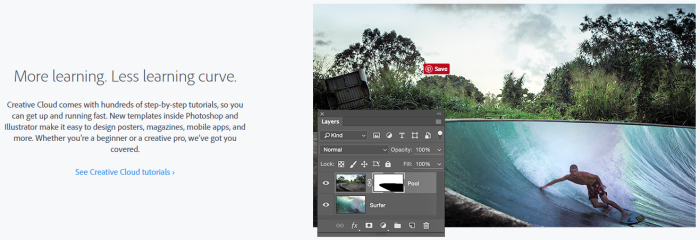
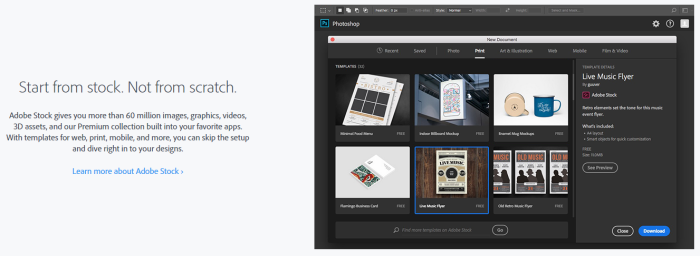
Brand Symbols
Brand symbols are used to make a brand recognisable and to reinforce the brand identity. These include shape, colour, typography, composition, imagery, character, tagline, logo, gesture.
The Adobe symbols can be seen on their website and in the examples below:

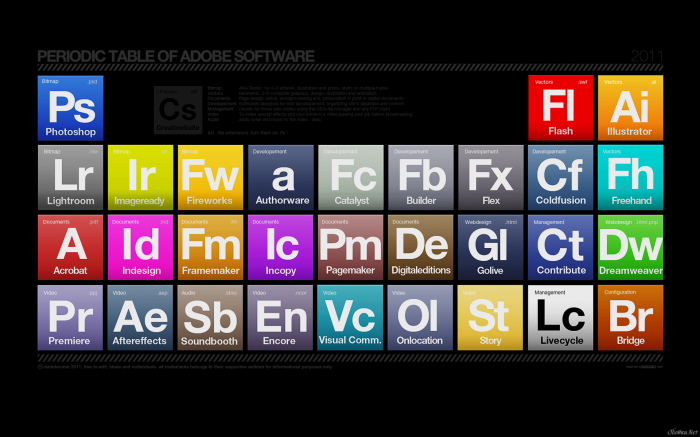
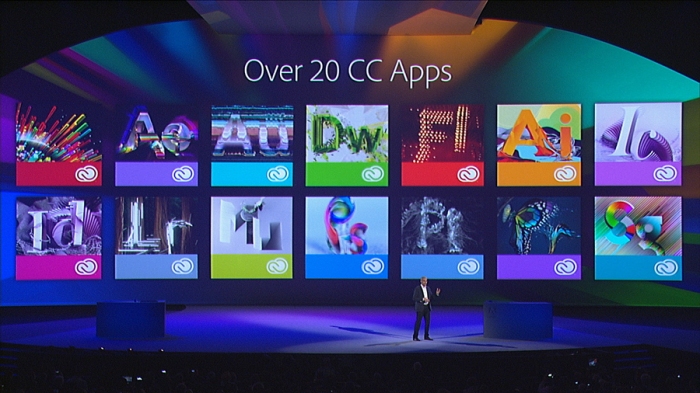
This speaks to the Adobe personality. The colour system reflects a rich, dynamic and multi-dimensional brand. The use of the same font consistently coupled the repetition of the product logos creates a recognisable brand and increases brand awareness.
The consistent use of the Adobe logo in line with the brand guide and in their signature red reinforce the brand identity.

Further to the brand style guide reference, Adobe mentions that the “brand imagery creation involves a system that allows for the combination of aspirational, conceptual imagery and dynamic lifestyle photography that is authentic, meaningful, and immersive.”
Brand Story
A brand’s story relates to the message put out to the audience. It is created to connect people to the brand and them to relate emotionally.
Consider how Adobe creatively launched Adobe Stock (a curated collection of images for use in design), sharing how it changed the way designers use stock photography by speaking as designers and showing their customers that they understand how they feel.
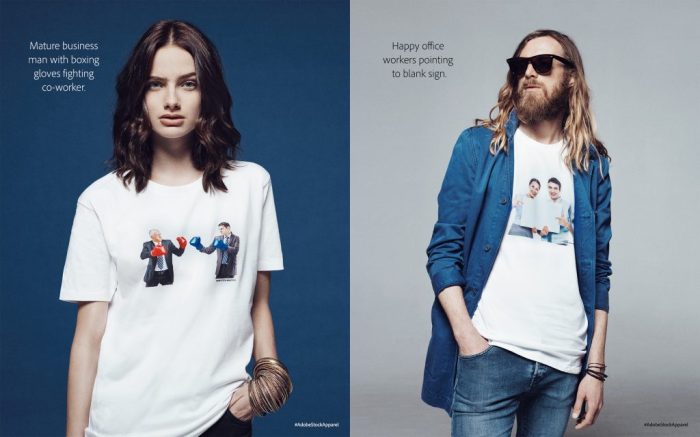
The campaign was inspired and definitely quirky enough to gain traction as seen in this Adweek article.
The Adobe story is about being creative and genuine and their launch of Adobe Stock displayed that.
Overall, the combination of tone of voice, brand symbols and brand story culminate in creating a visual and verbal language for a brand. Adobe shows an approach to brand management that consistently portrays the brand across all platforms and media to communicate the story through their own visual and verbal language.
